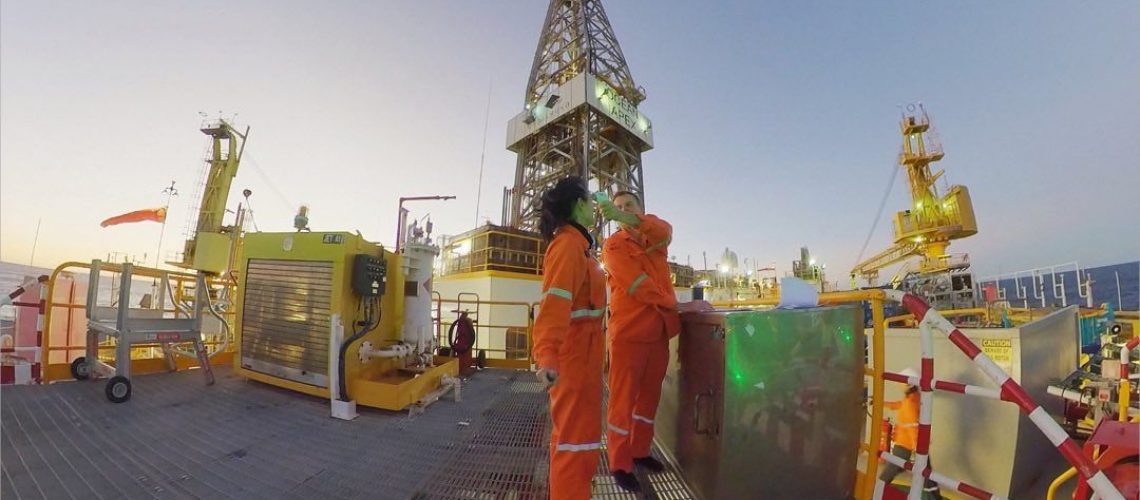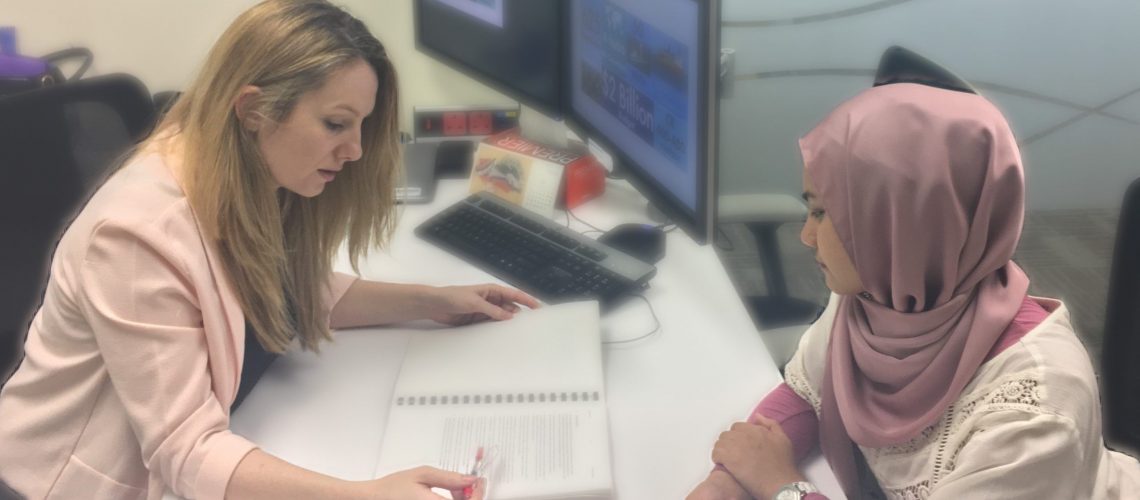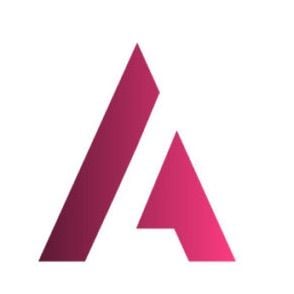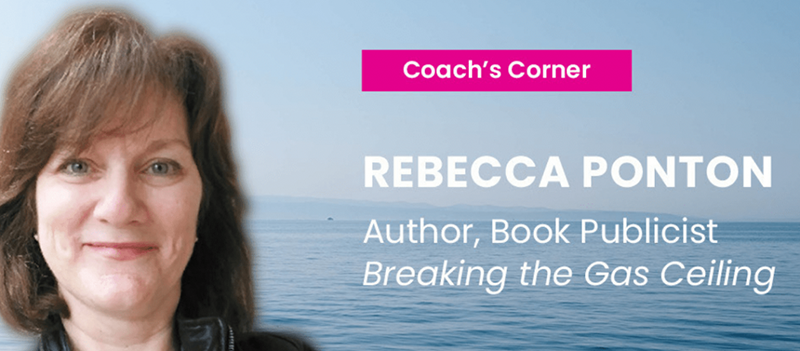2020 was supposed to be a good year
In July 2016, I opened an Instagram account for the first time. It was halfway through the first year of my being jobless due to the great downturn in the oil and gas industry. The industry was in a bad way and in a moment of hopeful optimism, I created my Instagram username of "amandabarlow2020". I held out hope that the year 2020 would be the turning point in the industry when rigs would start drilling again and we would be at the beginning of the next industry boom cycle.
Fast forward to February 2020, and I finally stepped foot on an offshore rig for the first time in nearly 3 years. Things were looking good for the industry with drilling campaigns starting to get up and running again after more than 5 years of suspended operations and massive industry-wide lay-offs. There was a sense of cautious optimism, but optimism all the same. After such a prolonged downturn, I honestly thought the industry had turned the corner and was finally on the path to recovery.
Two weeks earlier, while I was still at home on the Gold Coast, it was announced a Chinese tourist from Wuhan was confirmed positive for the then named “Novel Coronavirus”. News of the virus that was said to have originated in Wuhan, China, was quickly becoming the highlight of every news bulletin worldwide. On the 15th Feb the seriousness of just how contagious the virus was still hadn’t been realised and with travel still largely unaffected, I flew to Perth, then offshore to the rig to start my hitch.
After a couple of weeks on the rig, a cyclone started to build up off the coast and I was sent off the rig on cyclone evacuation to Perth for a few days. The storm cleared and we all flew back to the rig, but I was only on there for another week before I crew-changed off and went home. At this stage we were meant to be working 2 weeks on/2 weeks off but that was all about to change.
The border closures begin
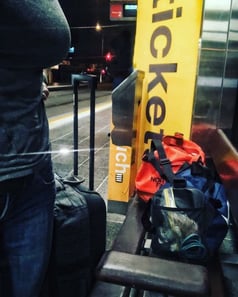
I flew back to the Gold Coast for my 2-week break and within 48 hours there was an announcement made on the news that Western Australia was closing its borders in 48 hours to all but exempt workers, but even they still had to do 2 weeks quarantine after arrival before they could go to work. I had no choice but to pack my bags (with enough belongings to last several months) and fly straight back to Perth within the next 24-hours, in the hope I could get in before the lockdown started, otherwise I would not have been able to make my crew change in 11 days.
I managed to book a flight and an AirBnB apartment to stay in, and thought I had dodged a bullet…only to get a call from WA Dept of Health after 5 days to say someone on my flight had tested COVID-positive so I was to quarantine for 14 days from the day of my arrival!
I eventually got back to the rig, after my back-to-back graciously agreed to stay on the rig for an extra 5 days until I could get there. Two days earlier the World Health Organisation had announced the COVID-19 outbreak was a pandemic and a week later Australia closed its borders to the rest of the world. Only returning Australian citizens were allowed to enter the country.
Everyone on the rig followed the news of the virus' spread and at the start of each shift, we would check on the internet to see the statistics for the past 24-hours. With travel posing a high risk for spreading the virus, it was decided that we had to minimize crew changes as much as possible. To do this, our hitches offshore were extended to 4 weeks, instead of our previous 2 weeks on the rig. All the international crew members now had to remain in Perth while on break, instead of going back to their home countries. If they had flown home they would not have been allowed to return to Australia at the end of their break. This would see many workers isolated from their families for several months.
Social distancing rules were implemented on the rig, in line with the Western Australian government health advisory directives. As such, the pre-shift meetings were only allowed to be attended by the supervisors, to reduce the number of people in the room and to enable us all to stay 1.5m apart from each other. We also had to have our temperatures taken at the start and end of our shift by the rig medic. The dining room was restricted to only 3 people at each table and half the chairs removed to avoid people sitting too close to each other. It was mandatory to use hand sanitiser upon entering the dining room and again before leaving. Extra cleaning staff were brought onboard to increase the cleaning of hand rails and heavy traffic areas around the rig.
With the highly publicized outbreaks on the Diamond Princess, and later the Ruby Princess cruise ships, the WA government was now treating the offshore facilities as it would a cruise ship. This meant all departing crews from the rig were potentially facing a 2-week home isolation period when they got back to Perth. This was vigorously contested by the drilling campaign operators and from day-to-day the rules kept changing. The operating company eventually implemented a 7-day hotel quarantine period for all in-bound rig workers, with a RT-PCR Covid test having to be done 2 days before flying to the rig.
For the 5 ½ month-duration of the campaign, I was only able to spend 8 days back at home on the Gold Coast in all that time, due to border closures.
As one campaign ends, another begins
The next 5 months were spent at home with no work but preparing for the next big challenge of working on an overseas offshore drilling campaign in the middle of the pandemic, that by now, was raging even worse than ever. Australia had managed to stop the virus completely by implementing tough restrictions so I was now having to leave the safe bubble of Australia and face the pandemic at its worst. And that’s when it got really interesting. And a whole new article on its own.
Watch this space for Part 2 of “Working in the Offshore Oil and Gas Industry During a Global Pandemic”!

Amanda Barlow is a wellsite geologist in the offshore oil and gas industry and also a published author of "Offshore Oil and Gas PEOPLE - Overview of Offshore Drilling Operations" and “An Inconvenient Life – My Unconventional Career as a Wellsite Geologist”. She is also a recreational marathoner who has run over 60 marathons in 18 different countries and is the author of “Call of the Jungle – How a Camping-Hating City-Slicker Mum Survived an Ultra Endurance Marathon through the Amazon Jungle”, an account of her participation in one of the world’s most extreme multi-stage endurance events.
